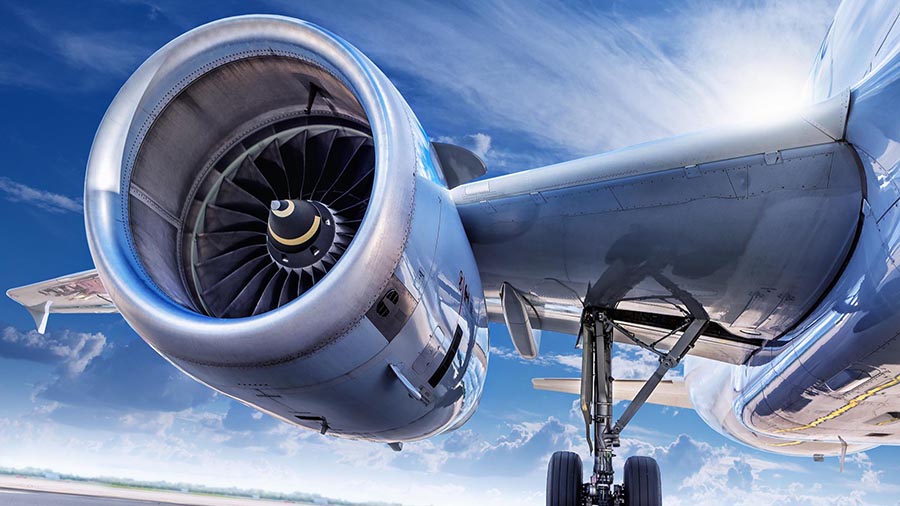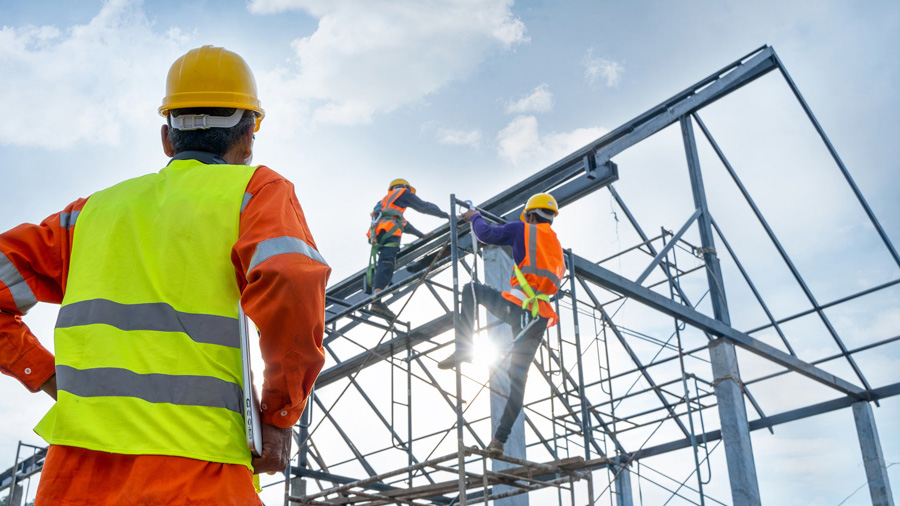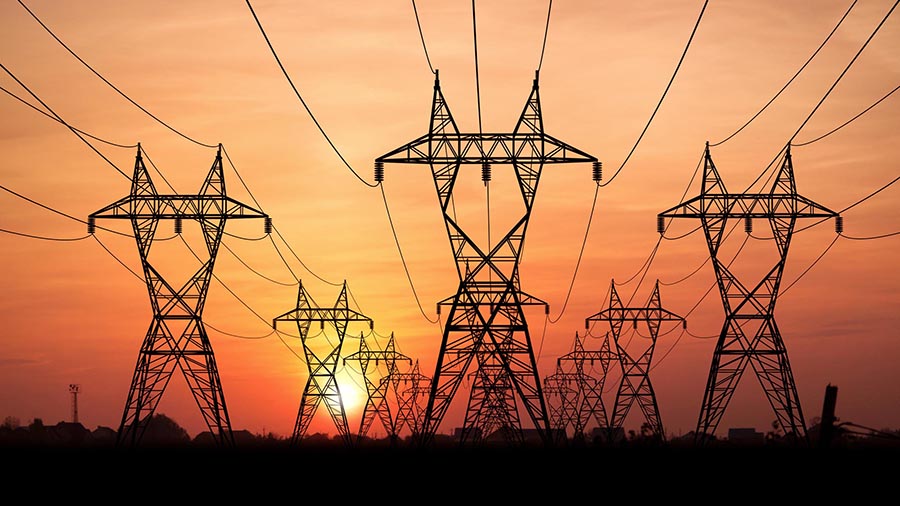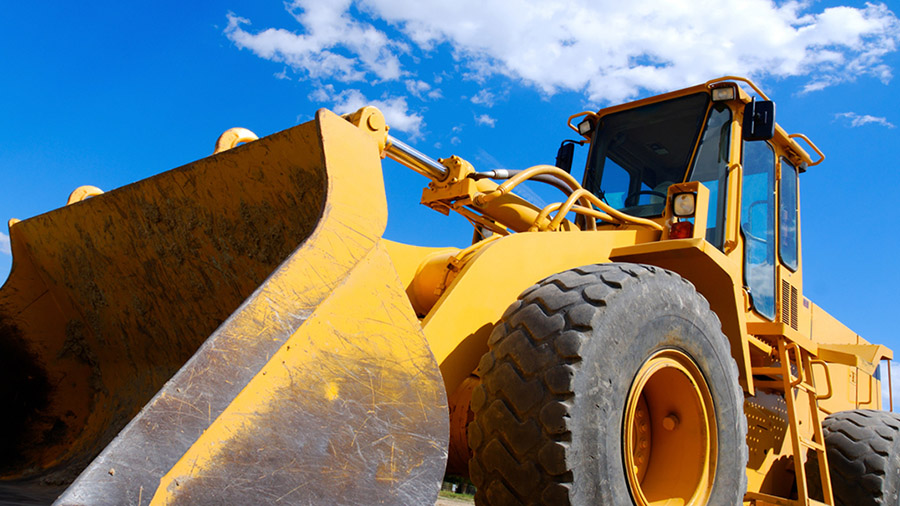
Learn how different sectors in aerospace are digitally transforming their operations, testing & logistics.
Learn how simulation is driving the future of the automotive industry.

Learn how simulation is helping create safer structures via FEA adoption.

Learn how manufacturers are using simulation to satisfy clients.

Learn how simulation is expanding across product and process design.
Learn how simulation is used to predict body and equipment efficiency.
Learn how most technology can be designed without needing costly prototypes.

Learn how to better optimize industrial equipment durability and lifespan.